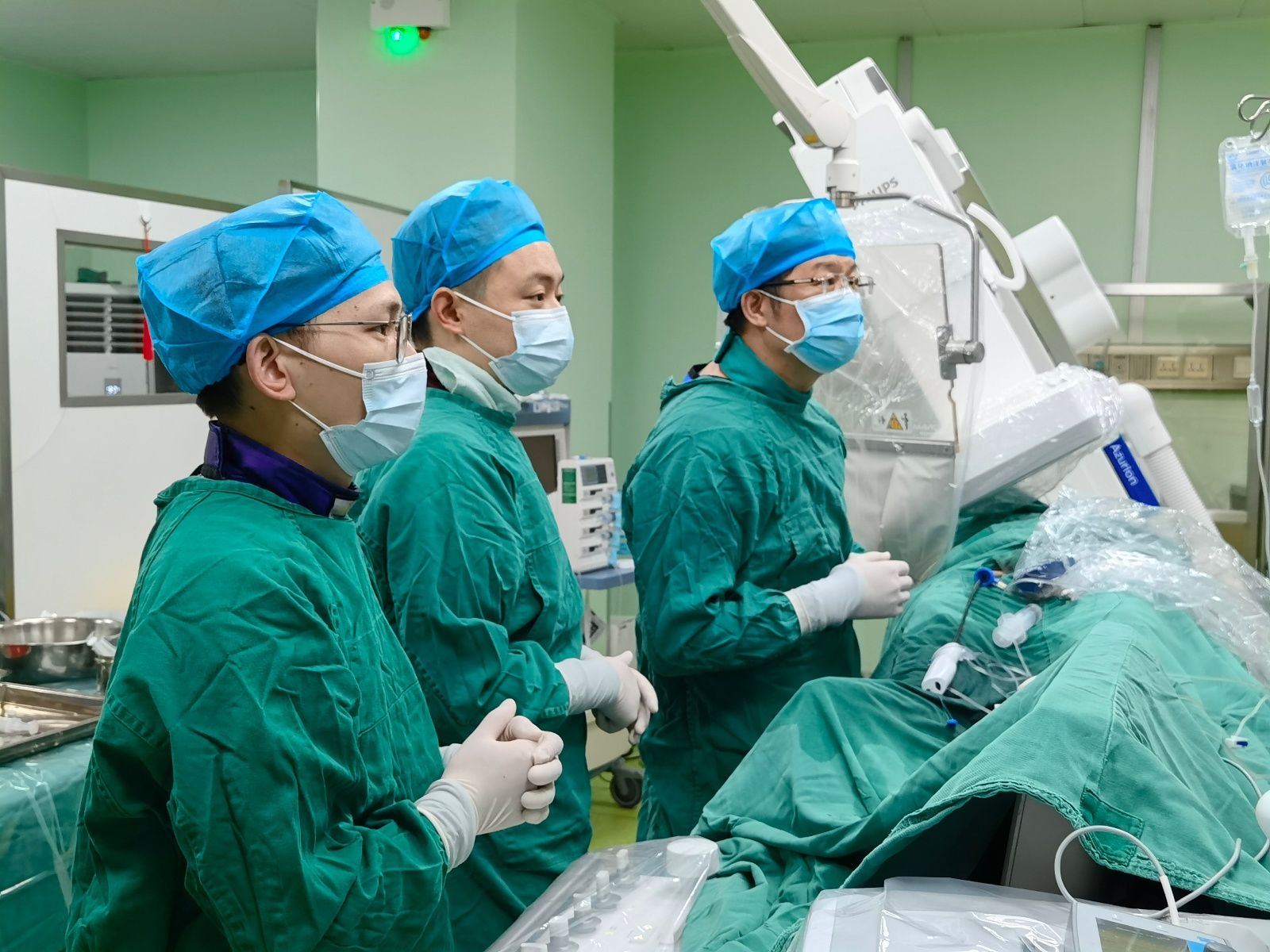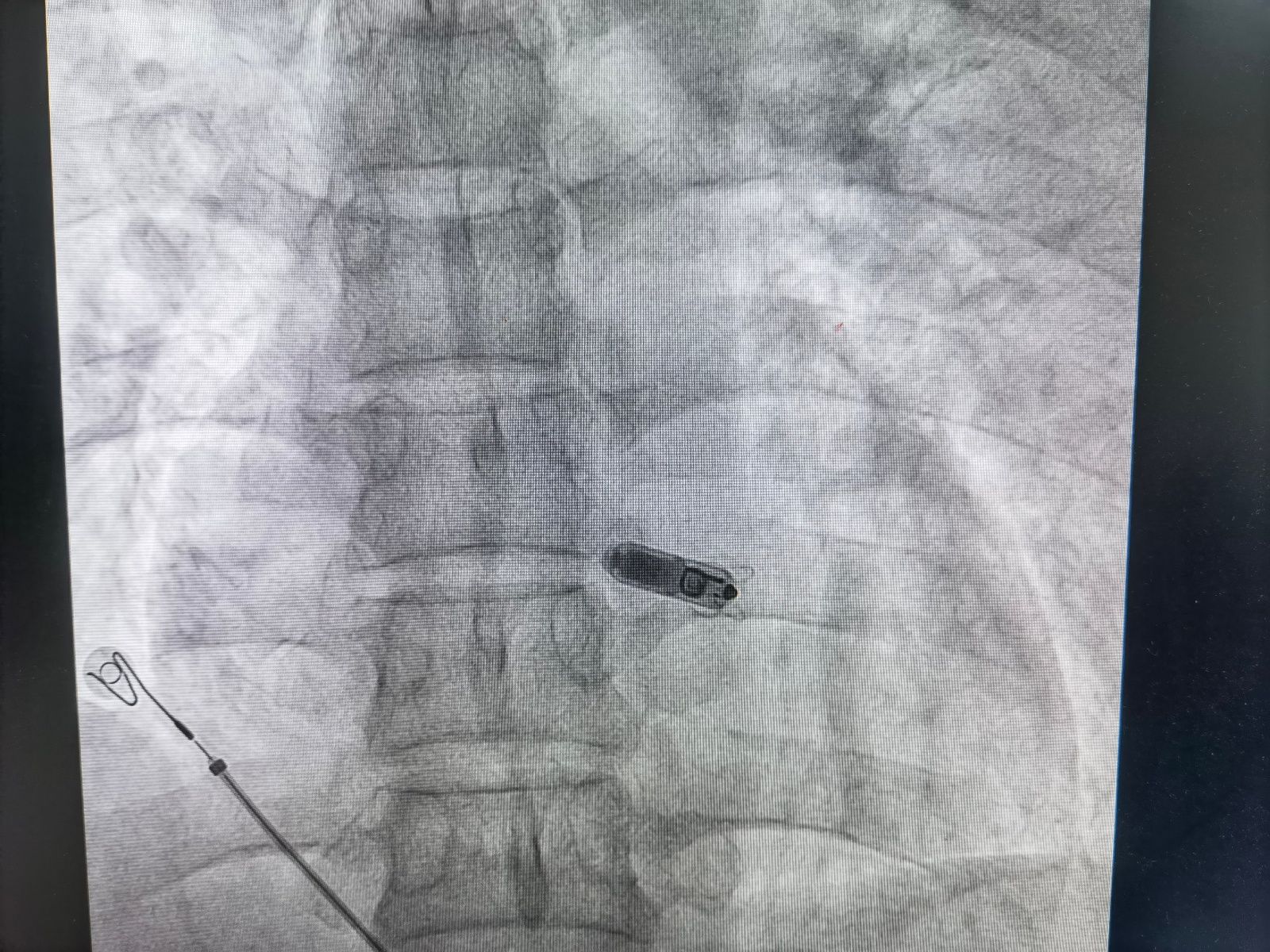Recently, 27-year-old Xiao Yao has always felt “uncomfortable”. He thought it was because he was too tired from work, and he would be fine after a rest. He didn’t care much. It wasn’t until a week ago that he suddenly fainted and fell to the ground at the company, and then he realized the seriousness of the problem.
“I was so dizzy at the time, I squatted down and rested for a while, but when I stood up, my eyes darkened, and then I lost consciousness.” Colleagues immediately sent Xiao Yao, who fainted, to a nearby hospital for treatment. On detailed examination, he was diagnosed with intermittent high-grade AV block.
Simply put, the “circuit” connecting Xiao Yao’s atrium and ventricle was suddenly disconnected, causing the heart to stop beating, thus affecting the blood circulation of the whole body. If the heart stops beating for a few seconds, the blood supply and oxygen supply to the brain is interrupted, and symptoms such as dizziness, amaurosis and even syncope will occur.

Director Han Hongwei (first from right) performed surgery on Xiao Yao.
For further treatment, Xiao Yao came to Wuhan Asia Heart Hospital on June 28. Because the cardiac arrest caused by the disease is intermittent and not long-term persistent, it belongs to the need for ventricular pacing, but the degree of dependence is low. Only in the case of slow heartbeat, a pacemaker is needed to assist the heartbeat. Therefore, implantation A leadless pacemaker is undoubtedly the most appropriate. After full communication with Xiao Yao, Director Han Hongwei of Cardiology Department decided to choose Micra leadless pacemaker as his “heart protection”.
“Compared with traditional lead pacemakers, leadless pacemakers do not require implantation of endocardial leads, and no need to make a subcutaneous pocket in the chest to place the pacemaker, reducing the risk of trauma and infection It can provide continuous and stable power for the heart.” Director Han Hongwei introduced that leadless pacemaker implantation is a minimally invasive surgery, with very few postoperative complications and no impact on physical activity, and normal life can be resumed in about two days It is especially suitable for young people who pursue high quality of life, pay attention to aesthetics, and have special occupational needs, or frail elderly patients with high risk of infection during routine pacemaker surgery.
At 9:15 a.m. on July 4th, Xiao Yao’s surgery officially started. The pacing team punctured the femoral vein and successfully implanted the pacemaker into the heart cavity through the catheter with skilled technology. The whole journey only takes half an hour. All parameters after the operation were good, Xiao Yao regained a regular and strong heartbeat, and was discharged from the hospital only 2 days after the operation.
“The capsule-sized pacemaker was implanted in my heart, protecting my life. It’s pretty cool to think about it.” Successfully received leadless pacemaker implantation at Wuhan Asia Heart Hospital After the surgery, Xiao Yao said excitedly.
With the help of a leadless pacemaker, he finally regained his normal heartbeat and was able to work and live with peace of mind.

A pacemaker weighing only 2 grams has been implanted in Xiao Yao’s heart chamber.
It is understood that the Micra leadless pacemaker is currently the lightest and smallest pacemaker in the world. It is similar in size to a vitamin capsule and weighs only 2 grams. to the presence of a pacemaker. Although it looks small, its battery life is strong and its working life can be as long as 12.8 years. It also breaks through the problem that traditional pacemakers cannot be compatible with magnetic resonance examinations. It is currently widely used in minimally invasive surgery for arrhythmia.
Correspondent Lu Huisong Mengjiu Pai News reporter Wang Jiaqing
[Source: Jiu Pai News]
Disclaimer: Copyright of this article It belongs to the original author. If the source is wrong or violates your legal rights, you can contact us by email, and we will deal with it in time. Email address: [email protected]